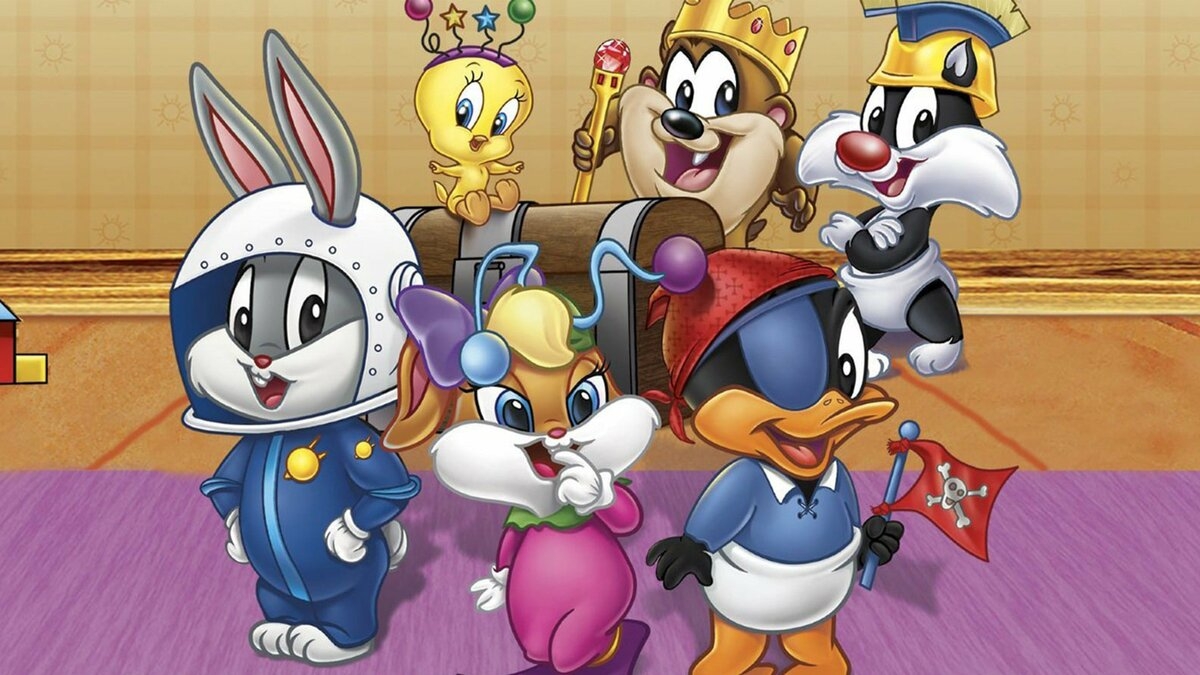
Did Baby Looney Tunes Capture the Spirit of the Original Cartoons?
The beloved world of Looney Tunes has captivated audiences for decades, blending humor, action, and unforgettable characters into a vibrant tapestry that resonates with both children and adults. With the introduction of "Baby Looney Tunes" in the early 2000s, fans were treated to a fresh and adorable take on iconic characters like Bugs Bunny, Daffy Duck, and Tweety Bird. But did this spin-off truly capture the spirit of the original cartoons, or did it drift too far from its roots? Let's dive into the nuances of both series to understand the legacy they have crafted over the years.
A New Age for Classic Characters
When "Baby Looney Tunes" premiered in 2002, it was met with mixed reactions from both old-school fans and new viewers. The series introduced a younger version of the classic characters, showcasing their adventures in a daycare setting. The creators aimed to provide a gentle, child-friendly environment where these beloved figures could engage in fun and educational experiences. While the original Looney Tunes were known for slapstick humor and some mischievous antics, "Baby Looney Tunes" toned down the wild behavior, replacing it with heartfelt moments and valuable life lessons. This shift sparked an interesting debate: did the show remain true to the comedic spirit of its predecessors, or did it stray away from the zany essence that made Looney Tunes a household name?
Character Development and Charm
One of the most significant strengths of "Baby Looney Tunes" is its ability to give depth to the characters. The series explores the traits that fans loved in the original cartoons, such as Bugs' cleverness and Daffy's self-absorbed antics, but through the lens of childhood innocence. This portrayal allows for character development that appeals to younger audiences while also reminding adult viewers of the charm that originally captivated them. Moreover, the series implements familiar catchphrases and humor, inviting nostalgia while creating a bridge between generations. Yet, there are those who feel that the show, in its effort to be more wholesome, loses some of the biting wit that defined the original shorts.
Connection and Merchandising
Another crucial aspect to consider is how "Baby Looney Tunes" has helped sustain the franchise's popularity through various merchandise opportunities. Baby Looney Tunes Merch has proliferated in toy stores and online platforms, showcasing items such as plush toys, clothes, and kids' accessories, all featuring adorable versions of our favorite characters. This merchandise has not only introduced Looney Tunes to a new generation of fans but has also given long-time supporters a fresh way to engage with the brand. While there are many who appreciate the cuteness of Baby Looney Tunes merchandise, some long for the more classic offerings that feature the original Looney Tunes characters in their classic forms.
Balancing Traditions and Innovations
In conclusion, "Baby Looney Tunes" presents an interesting case study in balancing respect for the original material while innovating for a new audience. While it may not fully embody the wild and raucous humor of the original cartoons, it successfully captures the heart and spirit of friendship, adventure, and fun that the Looney Tunes brand stands for. As the franchise continues to evolve, it remains essential for new adaptations to keep elements of the cherished legacy alive while appealing to modern sensibilities. Whether you prefer the rambunctious antics of the classic characters or the sweet adventures of their younger selves, there is no denying that the enduring impact of Looney Tunes will continue for years to come.
.png)








